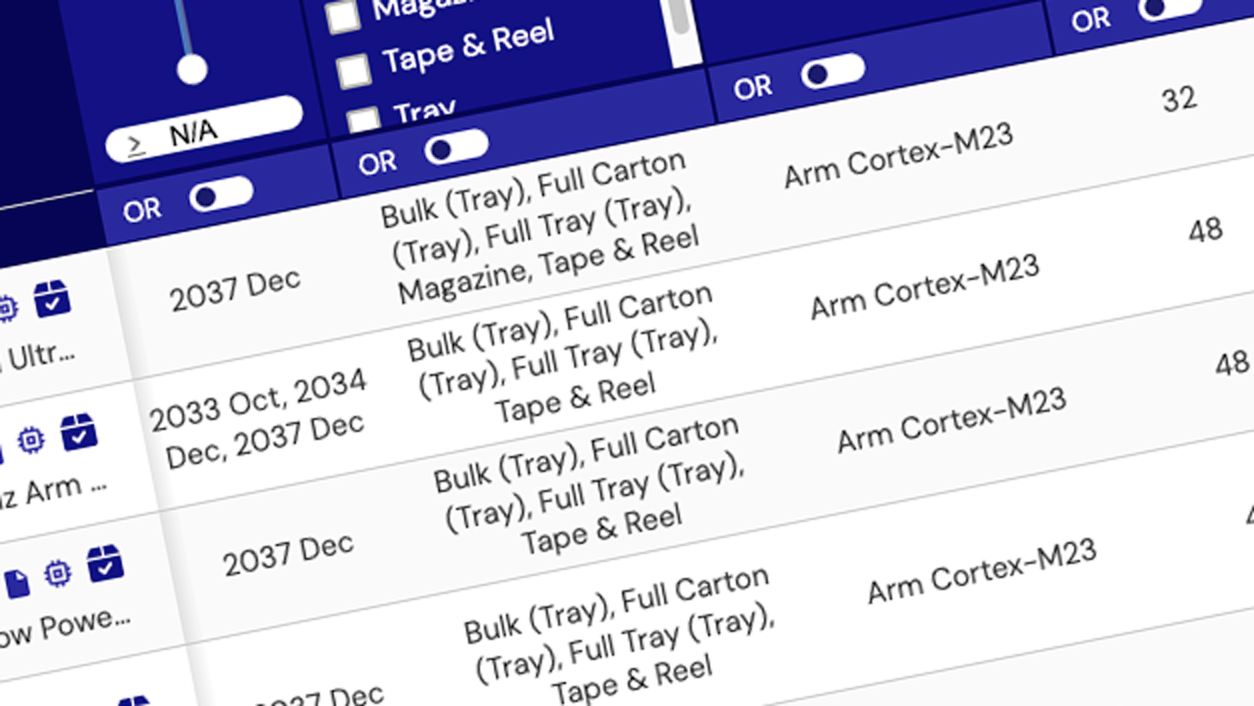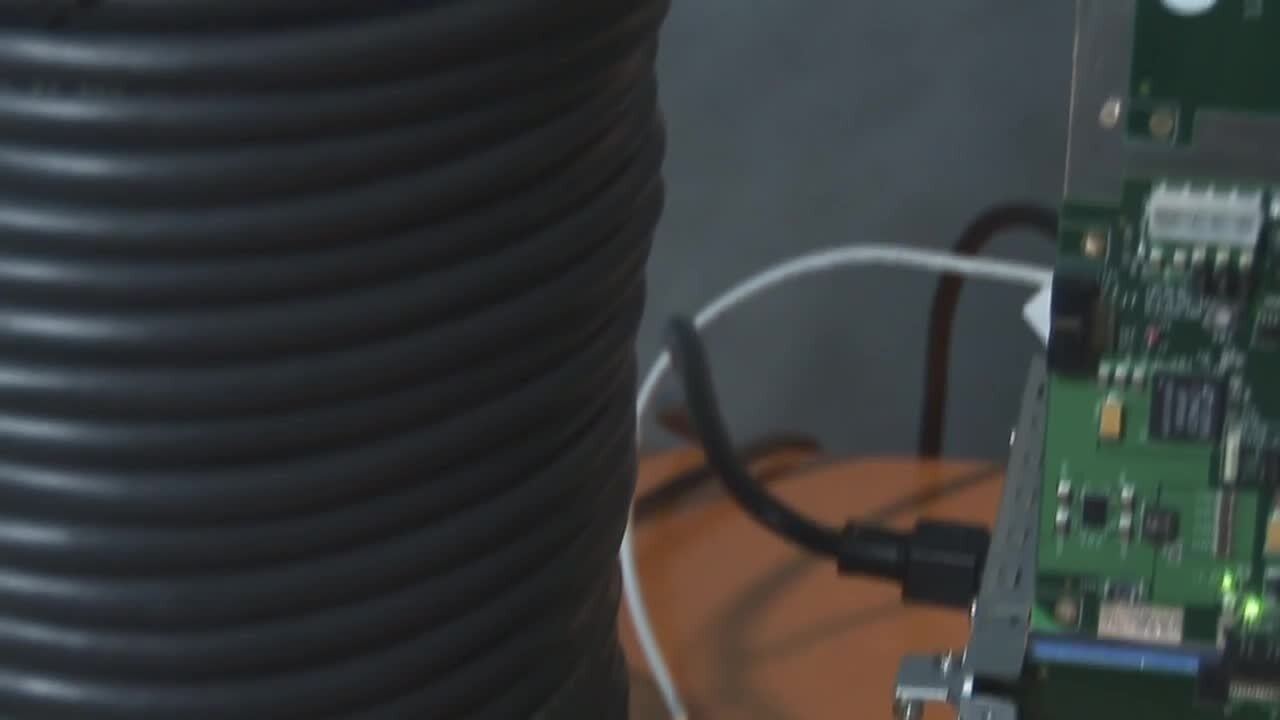PCI Express®は、チップ間、ボード間を高性能な汎用シリアルI/Oで相互接続(インターコネクト)するための標準規格です。ピン当たりの帯域幅が最大化され、コスト効果に優れた少ピン数のインタフェースを提供します。主要な標準機能としては以下のようなものがあります。
- 広帯域幅、ポイント・ツー・ポイントのインターコネクト: 8 GHzの信号レートで64 GbpsまでのスケーラブルなI/O帯域幅を実現
- システム要件に応じたスケーラブルな帯域幅: 1~32の PCIe レーンにより複数種の接続帯域幅をサポート
- PCIベースの既存のインフラ上に構成可能: ソフトウェアは既存のOSやデバイス・ドライバ・インタフェースとの互換性を持つ
- 独自かつ高度な機能をサポート: 電源管理、ホット・スワップ/ホット・プラグ、データ・インテグリティ、高度なエラーログ/レポート、QoSに対応




